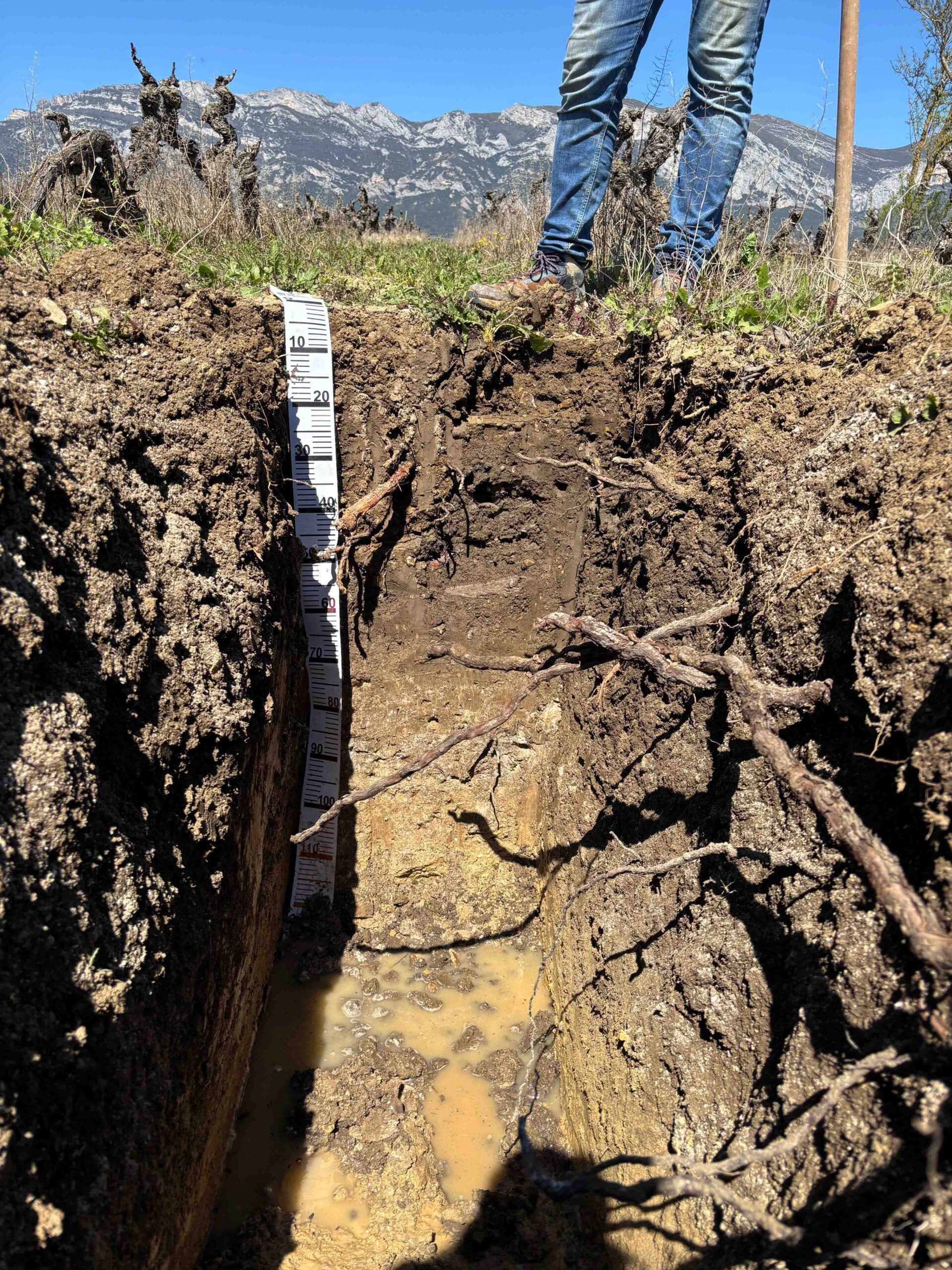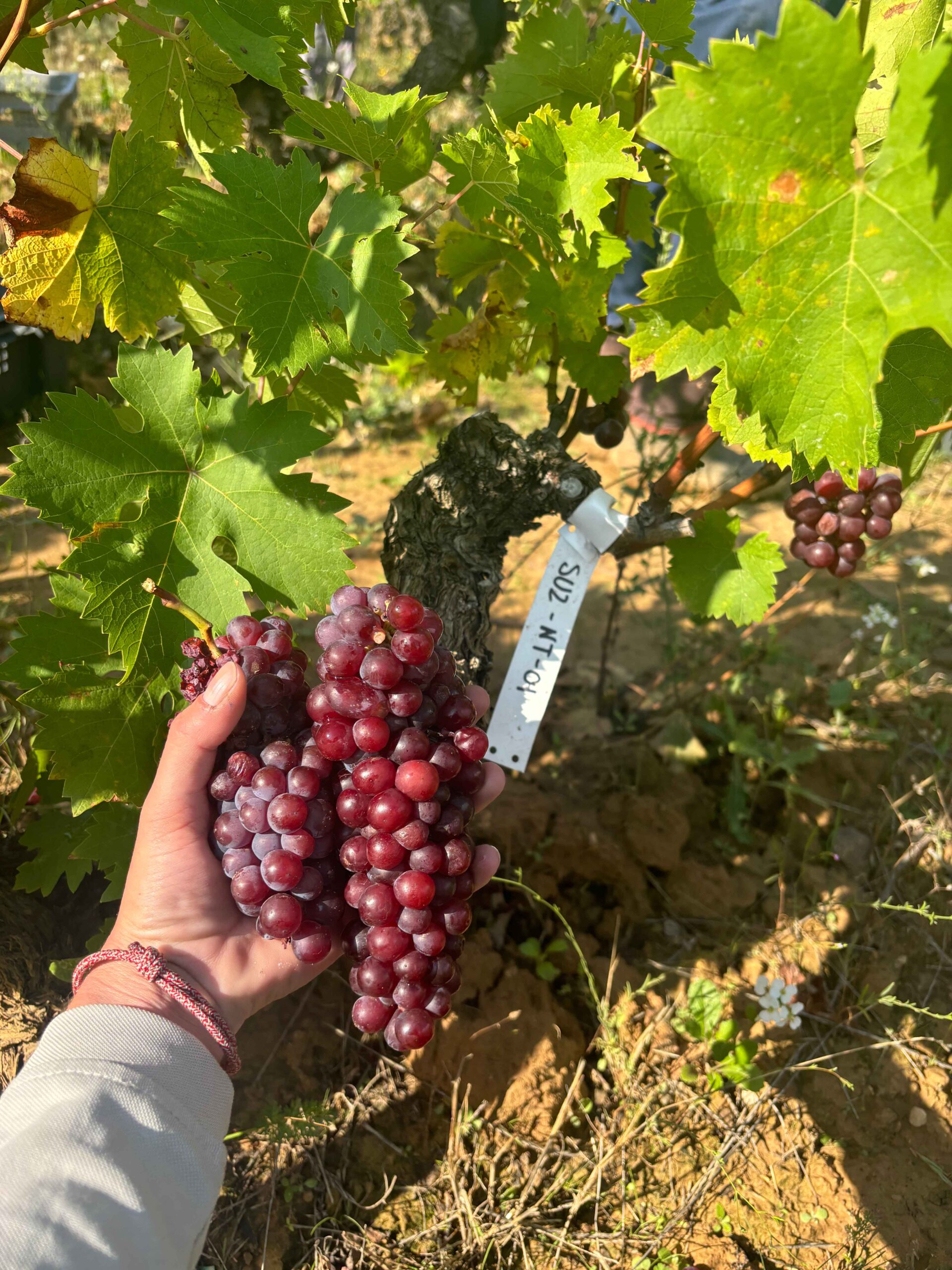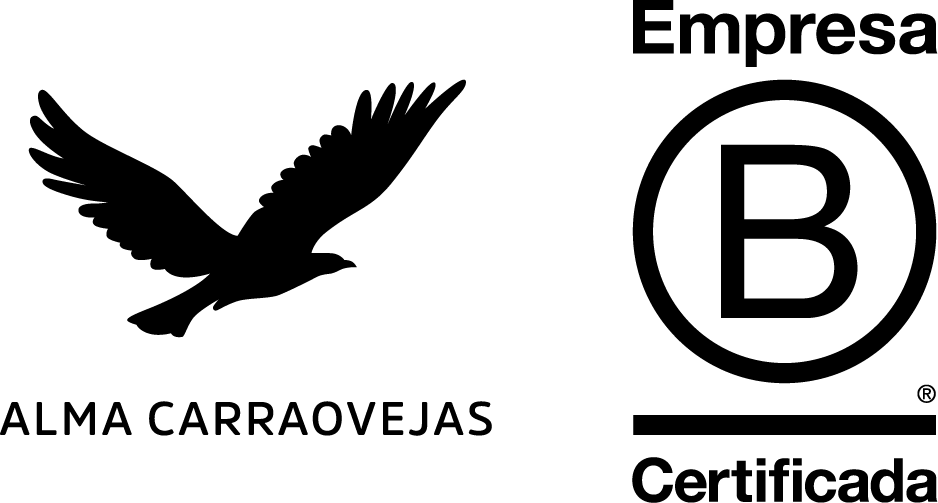REVIVID, an innovation project that seeks to rescue old vines in Rioja Alavesa
Aiurri, the Alma Carraovejas winegrowing project in Rioja Alavesa, has launched the R&D&I study, REVIVID, to search for new strategies for the replacement of old vines (plants that have been lost) in old vineyards in the Rioja Qualified Designation of Origin.
The project is focused on several lines of research: from the assessment of the incidence of failures, the validation of combined strategies for plant replacement, to genetic characterization and the creation of a bank of biotypes. For the development of all these avenues, several technological challenges will be addressed. First of all, automatic identification of weeds will be carried out using multispectral images and unmanned vehicle (drone) flights. Subsequently, an implementation of advanced molecular genetic analysis techniques for the identification of vineyard diseases and the development of sustainable and effective tools and cultivation practices to improve the productivity and resilience of old vineyards will be carried out.
“At Alma Carraovejas we assume the responsibility of preserving and safeguarding the viticultural heritage of each project, integrating solutions that guarantee its continuity. With REVIVID we take a step forward not only in the search for the recovery of old vines, but also in the protection of historical genetic material with sustainable agricultural practices and cutting-edge technologies. The commitment to our legacy and vision of the future will allow us to share the results with the sector in a Protocol of Good Practices that will act as a guide for its development and progress, protecting the viticultural legacy in order to transmit it to the next generations”, said Pedro Ruiz de Alma Carraovejas.
Aiurri currently owns 26.7 hectares of vineyards, of which at least 70% are considered old vineyards, that is, planted prior to 1980. Within these old plots, 25% of the productive area has no plants. Historical factors have been determinant for this fact; such as the use of mechanization in agricultural tasks, but also due to the age of the vine itself or the presence of pathogenic organisms in the soil that cause vine wood diseases such as, for example, the Armillaria mellea fungus that attacks the root system causing the death of the plant. “There is no clear and systematic methodology to address this problem. It has no solution today, which has led us to investigate and try to develop new comprehensive and efficient strategies that allow us to live with this disease,” explains Teresa Martinez, head of viticulture at Aiurri.
“There is a growing interest in preserving and enhancing the value of raw material from old vineyards, which produce grapes with unique characteristics. However, in regions such as Rioja Alavesa, the profitability of these vineyards is limited by heterogeneity and low production, caused by the presence of marrons. Replacing these defects is costly and presents significant challenges, mainly due to unequal competition with adult plants and the presence of pathogenic organisms in the soil. With REVIVID we are going to face these challenges through new technologies in viticulture, contributing to the conservation of this natural heritage and to the production of higher quality wines”, Eva Navascués, Director of Innovation at Alma Carraovejas.


REVIVID study phases
The first activity of the project is focused on the research of plant replacement strategies, and is already underway with a diagnosis of the incidence or lack of plants in the old vineyard plots of Aiurri using novel techniques of artificial vision by flying drones combined with manual mapping
In addition, possible strategies for plant replacement will be studied, defining the most appropriate type (American plant as a base grafting in a few years the material of the plot; grafted plant in nursery to cut time; grafting with two years rooted in nursery and layering technique). Strategies for rhizospheric soil improvement will also be incorporated and the factors affecting soil health will be studied using molecular detection techniques with the aim of increasing the viability of plant replacement in the particular conditions of old vineyards. And a third trial will be carried out in plots affected by the Armillaria mellea fungus, where the factors that reduce soil health, and therefore reduce the probability of success in the viability of vine plant replacement, will be investigated. “In five years it is difficult to know if it has worked. The novelty is to quantify how much Armillaria exists and create an environment in the root environment that allows the plant to develop and coexist with the fungus without harming the development of the vine,” Martínez explains.
The second line of action will focus on identifying and reproducing the genetic material of the vineyards, with special interest in the biotypes of native and minority varieties, for the conservation of the characteristic Field Blend, as future replanting material, avoiding genetic erosion.
The selected plants will be multiplied to create a biotype bank to safeguard the genetic diversity of the old vineyards and supply replacement material for future plantings. Specifically, 250 Tempranillo plants have been prospected in 30 plots of pre-1980 vineyards and 90 plants of different varieties such as Grenache, Graciano and other plants that coexist in the vineyard for their identification by DNA.
These trials will make it possible to recover the heritage of the area’s viticultural history and improve management practices to increase its productivity, ensuring its long-term conservation.
Finally, once the research is completed in 2027, REVIVID will seek to develop, as a novelty, a Protocol of Good Practices for the Replacement of Old Vines that will facilitate the extension of the practice to the sector and the recovery of the area’s viticultural heritage.
The project, co-financed by the European Union and the Center for Technological Development and Innovation (CDTI), has a budget of 276,140 € and an execution time of 36 months. In addition, the Public University of Navarra, Viticultura Viva, Spectral GEO and Vitis Navarra are collaborating entities.



